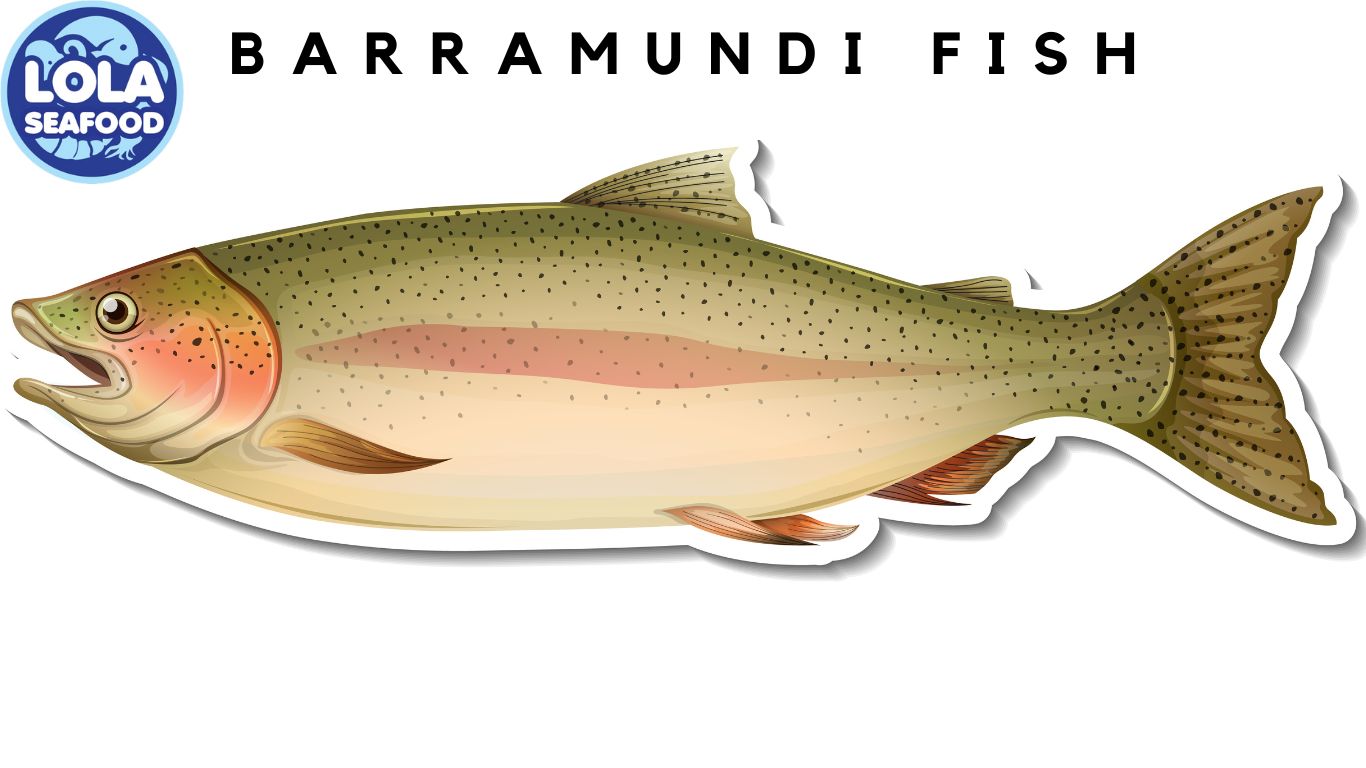Species Of Squid
By. Najih - 03 Dec 2024
There are over 300 species of squid, which belong to the cephalopod order Teuthoidea. Some notable types include the Giant Squid, Humboldt Squid, and Colossal Squid. Squid are found in various oceanic environments, from shallow waters to the deep sea, and they exhibit a wide range of sizes, behaviours, and adaptations. Here are some key points about squid species:
Classification of Squid
- Orders: Squid are primarily classified into two orders:
- Myopsida: Known as "neritic squid," these species are typically found in coastal waters.
- Oegopsida: These are "oceanic squid," which inhabit deeper waters.
- Families: There are 28 families of squid, including:
- Loliginidae: Commonly known as the "longfin inshore squid."
- Ommastrephidae: Includes species like the "Japanese flying squid."
- Architeuthidae: Home to the Giant Squid, which can reach lengths of up to 13 meters (43 feet).
- Cranchiidae: Known as glass squids, which are transparent and often found in deep waters.
Notable Species
- Giant Squid (Architeuthis dux):
- One of the largest invertebrates, known for its massive size and elusive nature.
- Colossal Squid (Mesonychoteuthis Hamiltonian):
- Considered the largest squid species by weight, it can grow up to 10 meters (33 feet) long.
- Humboldt Squid (Dosidicus gigas):
- Known for its aggressive behaviour and ability to hunt in groups, it can reach lengths of 1.5 meters (5 feet).
Habitat and Distribution
- Squid inhabit a variety of marine environments, from coastal regions to the deep sea.
- They are found in all major oceans, with some species adapted to specific ecological niches.
Ecological Role
- Squid are important predators in the marine food web, feeding on fish, crustaceans, and other marine organisms.
- They are also a key food source for larger predators, including sharks, whales, and seabirds.
Adaptations
- Camouflage: Many squid species can change colour and texture for camouflage and communication.
- Bioluminescence: Some species possess light-producing organs that help them evade predators or attract prey.
- Jet Propulsion: Squid are known for their unique locomotion method, using jet propulsion to move quickly through the water.
Culinary Use
- Squid are widely consumed around the world, often referred to as "calamari" in culinary contexts.
- They are prepared in various ways, including frying, grilling, and as sushi.
Squid are fascinating creatures with diverse species exhibiting unique adaptations that allow them to thrive in various marine environments. Squid continue to be a subject of fascination for both scientists and the general public, highlighting their importance in marine biology and culture







